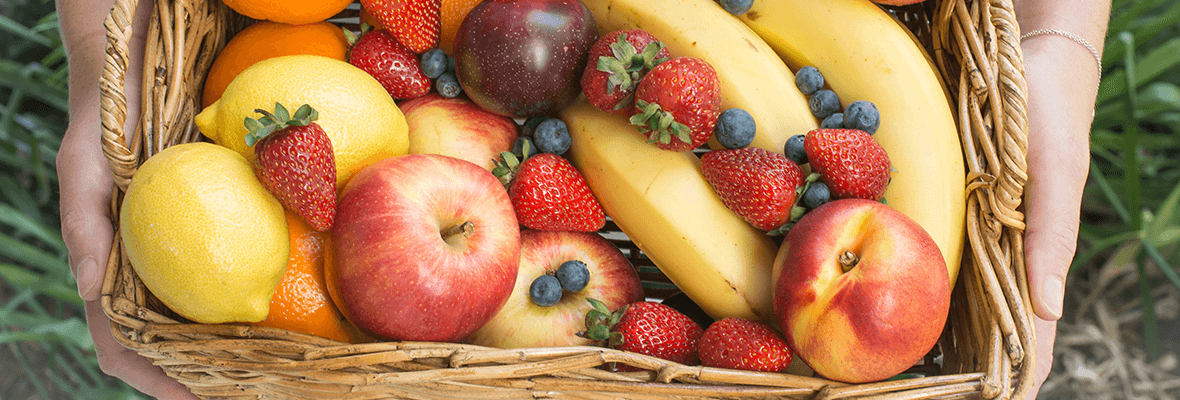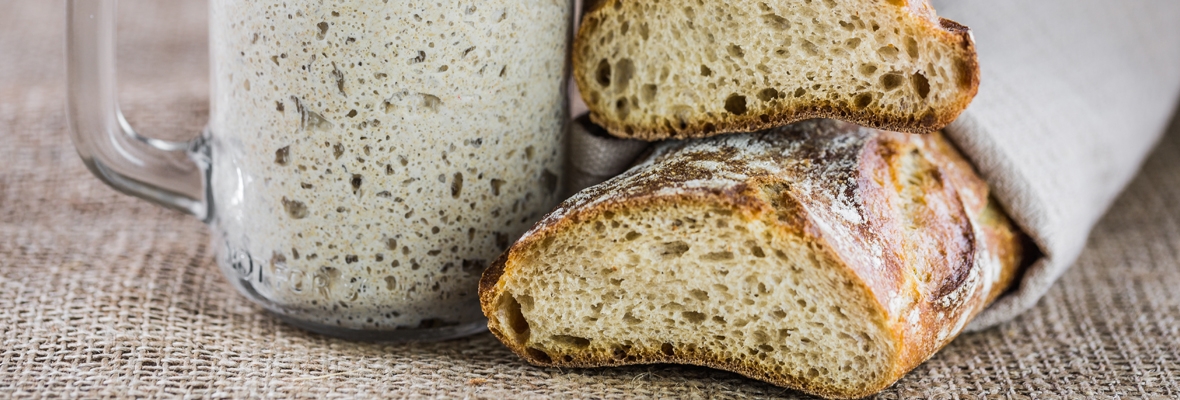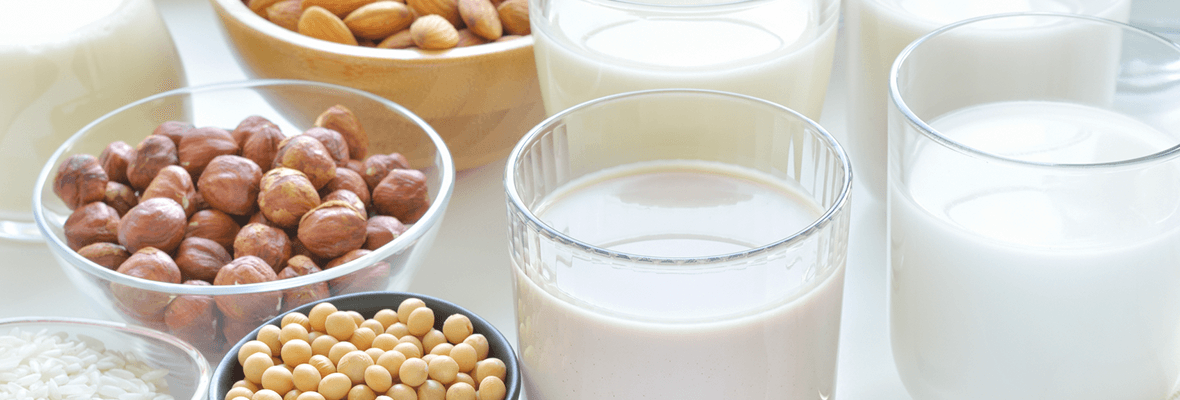.jpg?width=525&height=350&format=jpg&quality=95)
4 food swaps to lower blood pressure
High blood pressure is a leading risk factor for major adverse health conditions including heart disease and stroke – the number one causes of death in New Zealand. And it’s not as uncommon as you might think.
High blood pressure affects up to 1 in 5 New Zealanders. Too much salt, too much alcohol, smoking, not enough exercise and carrying too much weight are all common culprits sending blood pressure rising.
There are no obvious symptoms of high blood pressure. In fact, you can have it without knowing, making it important to get your blood pressure checked regularly by a health professional. They’ll also be able to provide advice on managing your blood pressure if it is elevated.
If you do have high blood pressure, you are probably already watching your salt intake. But what other dietary changes can you make to help? We asked Sanitarium dietitian Eliza Baird and here’s what she had to say.
As well as cutting back on salt, increasing your intake of certain minerals can help to keep your blood pressure under control. Here are 4 tasty food swaps to try:

Swap biscuits for a banana
While too much sodium in your diet can increase blood pressure, too little potassium can have the same effect. Potassium helps our bodies get rid of salt by signalling to the kidneys to move sodium from the blood, into urine and out of the body. Including natural sources of potassium in your diet is as simple as eating more fruit - bananas, oranges and pineapple, as well as dried apricots, dates and figs are all stands outs for providing potassium. So rather than reaching for the bikkie jar at morning tea, grab a banana or small handful of dried fruit. As a bonus, the natural sweetness will also help satisfy any sugar cravings.
Swap from white to grainy bread
There’s no need to avoid carbs, but it is important to switch to wholegrains. Refined grains such as white bread and sugary cereals tend to have higher levels of added salt. By switching to wholegrain options, you’re not only cutting back on salt but you’re also gaining extra goodness. Wholegrains help look after your heart, brain and gut health.
They can also help both lower your risk of high blood pressure, as well as reduce high blood pressure, if it’s already an issue. When you shop, look out for high fibre breakfast cereals such as Weet-Bix, wholegrain pasta, grainy breads and grains such as brown rice, quinoa and amaranth.

Swap chips for nuts
Instead of nibbling on salty chips and crackers, reach for a handful of unsalted nuts. This is another lower sodium swap with big benefits. Studies have shown regularly eating a handful of nuts a day can lower your risk of high blood pressure by 30%.
Almonds, Brazil nuts and cashews also contain magnesium. This important mineral helps regulate many of the body’s systems including blood pressure and blood glucose. Magnesium can also be found in leafy greens and some legumes, including chickpeas. If you live in a nut-free household, you can roast chickpeas in the oven with spices for a crunchy snack. Just make sure to get the salt-reduced version if buying them canned.
Subscribe to Wholicious Living to stay up-to-date with the latest health and nutrition advice.

Swap to plant milks with calcium
Many plant milks are naturally low in saturated fat, making these already a helpful swap for heart health. However, other than looking after our bones and teeth, did you know adequate calcium is also linked with lower blood pressure? It helps the blood vessels relax and contract when they need to. So, if you’re following a low or non-dairy diet, or just love the taste of plant milks, make sure you are choosing one that’s fortified with calcium. Simply check the Nutrition Information Panel on the pack and look for a plant milk that provides at least 100mg of calcium per 100mL, and is low in saturated fat (0.75g/100mL).
For more information about blood pressure, chat with your local healthcare professional who will be able to provide individualised information for you.

The latest nutrition advice, plus health and wellness tips delivered to your inbox monthly